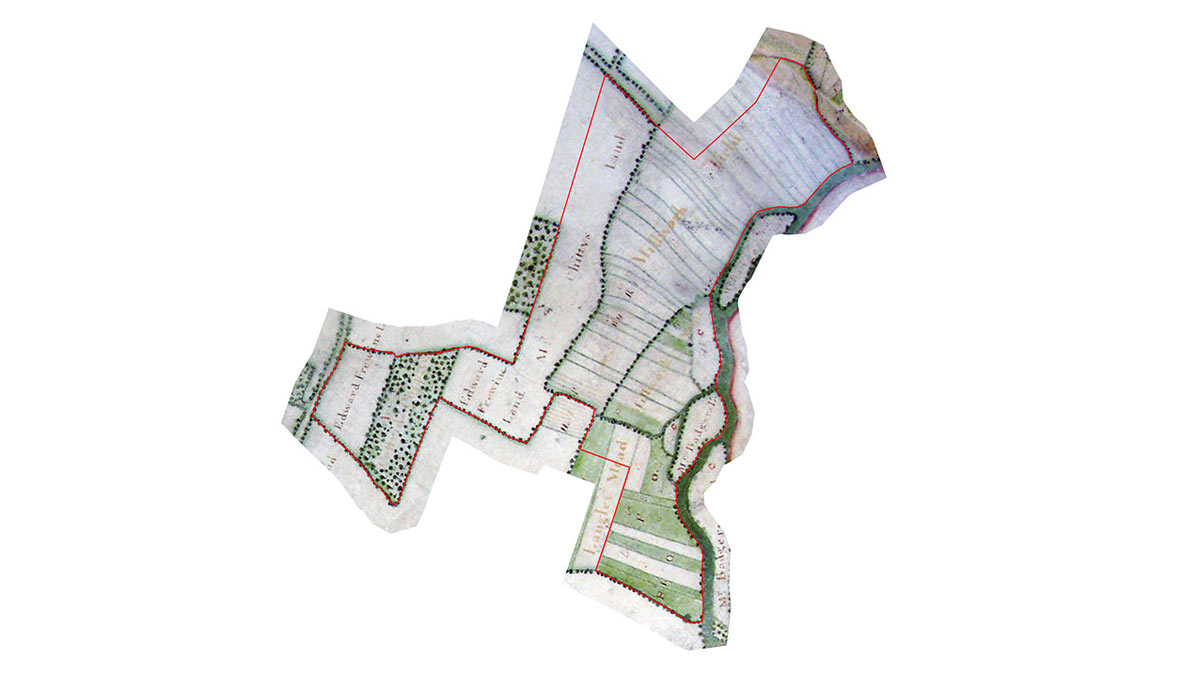Old maps dating back as far as the Earl of Fingal’s Estate Map of 1756 show the landscape of Langley Mead as being typical of an ancient landscape; enclosed fields, old hedgerows, wildflower-rich meadows, pasture and common land. The site even once supported an ancient coppiced woodland known at the time as "Costrill’s Coppice", that would have been an important part of the local economy.
This landscape would have been traditionally managed in a low-intensity way, and would have been much more biodiverse.
